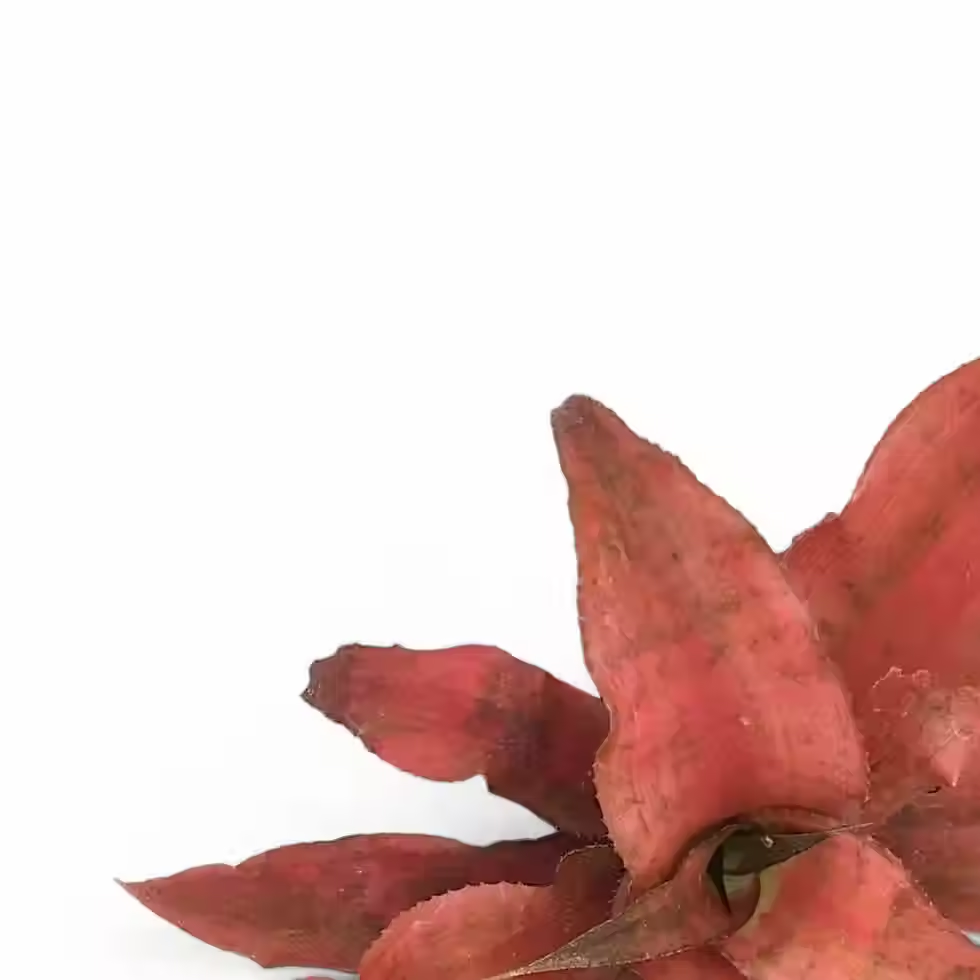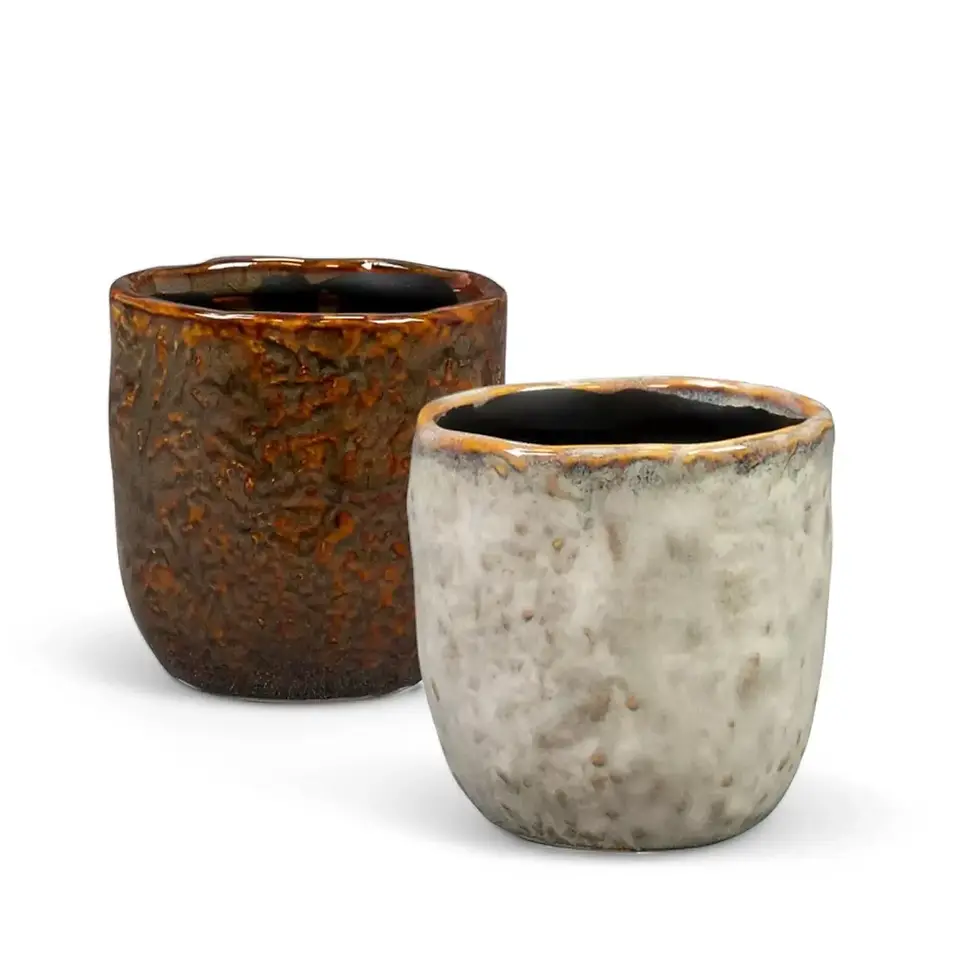Buy Monstera deliciosa: Iconic Foliage, Easy Maintenance, and a Striking Statement
Monstera deliciosa—also known as the “Swiss Cheese Plant,” “Split-leaf Philodendron,” or simply “Monstera”—is a tropical evergreen climber that captivates with its dramatic split leaves and lush, exotic appearance. Native to Mexico and Central America, this beloved houseplant is cherished worldwide for its adaptability, glossy perforated foliage, and impressive growth.
Thinking about buying Monstera deliciosa to bring a slice of the rainforest into your home? Below, you'll find everything you need to know about its features, care, common issues, and more.
Why Buy Monstera deliciosa?
- Striking Foliage: Mature leaves develop deep slits and holes, growing up to 90 cm long.
- Vigorous Climber: Can reach up to 3 meters indoors when provided with proper support, creating an impressive vertical display.
- Aerial Roots: These add a tropical feel while helping with nutrient absorption and stability.
- Occasional Flowers and Fruits: Outdoor plants may produce a spadix (surrounded by a spathe) with edible fruit. When ripe, it tastes like a mix of pineapple and banana, but unripe fruit contains irritating calcium oxalate.
- Robust Growth: Grows 30-60 cm per year under optimal conditions, mimicking its natural tropical environment.
- Longevity: With proper care, Monstera deliciosa can thrive for decades, often becoming a cherished family heirloom.
- Toxicity Note: The leaves and unripe fruit contain calcium oxalate crystals, which can be irritating if ingested. Keep out of reach of pets and children.
Key Growth and Maintenance Tips for Monstera deliciosa
- Light: Prefers bright, indirect light. Avoid harsh midday sun, which can scorch leaves. Can adapt to moderate light but may grow slower with smaller leaves.
- Watering: Let the top 2-3 cm of soil dry before watering. Prevent waterlogging by emptying excess water from the pot tray.
- Humidity: Thrives in humidity above 60%. While adaptable to average indoor conditions, occasional boosts—such as using a humidifier or grouping with other plants—encourage larger, healthier foliage.
- Temperature: Ideal range is 18-27°C. Keep away from cold drafts or temperatures below 10°C, which can hinder growth.
- Soil: Choose a well-draining mix rich in organic matter. A blend of potting soil, perlite, bark, and coconut coir ensures the right moisture balance and aeration.
- Repotting and Pot Choice: Younger plants should be repotted every 1-2 years; mature Monsteras every 2-3 years. A sturdy container helps support climbing growth.
- Fertilizing: Apply a balanced liquid fertilizer at half strength once a month. Avoid over-fertilization to prevent salt buildup and leaf tip browning.
Propagation Methods
- Stem Cuttings: Take a cutting with at least one aerial root and leaf node. Root in water or directly in moist soil.
- Air Layering: Wrap sphagnum moss around a node, keep it moist, and once roots form, cut and pot separately.
Common Concerns and Solutions
- Pests: Spider mites, mealybugs, and scale insects can occasionally appear. Wipe leaves with a damp cloth or microfiber dusting gloves for plants, then treat with neem oil, or use beneficial insects or insecticidal soap.
- Root Rot: Overwatering and poor drainage are common causes. Allow soil to dry slightly between waterings. If rot develops, trim affected roots and repot in fresh soil.
→ Leaf Discolorations
- Yellowing: Often caused by excessive moisture or lack of light. Adjust watering and placement.
- Browning Edges: Usually due to low humidity or inconsistent watering. Increase environmental moisture and maintain steady hydration.
- Drooping Leaves: May indicate underwatering or overwatering. Check soil moisture levels and adjust accordingly.
→ Fungal Issues
- Leaf Spot: Treat with fungicidal sprays and improve airflow. Avoid misting if fungal infections are present.
Additional Tips
- Sparse Growth: Increase light exposure for fuller, denser foliage.
- Aerial Roots: Direct them into the soil or secure them to a moss pole for a tidier look and enhanced nutrient absorption.
Interesting Facts
- The plant’s perforated leaves evolved to withstand heavy tropical rains and strong winds.
- Monstera deliciosa pairs beautifully with companion plants like philodendrons and alocasias for a cohesive jungle-like display.
- Regularly dusting the leaves helps improve photosynthesis and plant health.
FAQs about Monstera deliciosa
- Is Monstera deliciosa fruit edible? Yes—once it ripens and its scales lift to reveal creamy flesh. Unripe fruit contains irritating oxalates, so proper timing is essential.
- Does Monstera deliciosa require direct sunlight? No, bright, indirect light is best. Too much direct sun can scorch its leaves.
- Can Monstera deliciosa survive in low light? It can tolerate low light but will grow slower and produce smaller, less fenestrated leaves.
Ready to Buy Monstera deliciosa?
Foliage Factory offers healthy, well-cared-for Monstera deliciosa plants in various sizes—perfect for different interior styles. Secure yours today and enjoy watching new leaves unfurl, aerial roots extend, and vertical growth flourish in your space.
Buy Monstera deliciosa now and bring nature’s artistic beauty into your home!
Monstera deliciosa
Monstera deliciosa comes in following sizes:
S – is approximately 40 cm tall and comes in a ⌀ 12 cm pot
M – is approximately 60 cm tall and comes in a ⌀ 17 cm pot
L – is approximately 75 cm tall and comes in a ⌀ 21 cm pot
XL – is approximately 120 cm tall and comes in a ⌀ 24 cm pot

























































